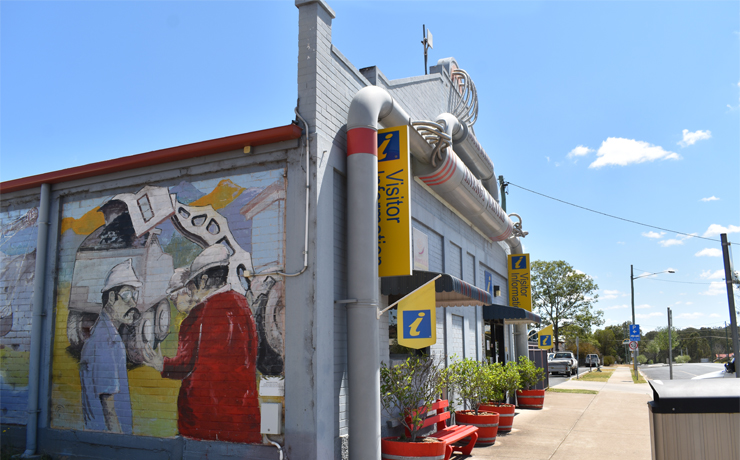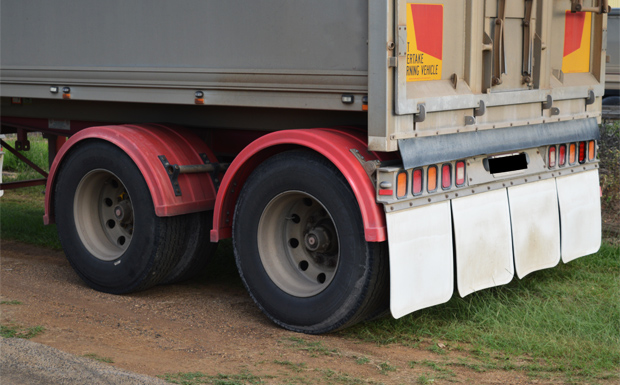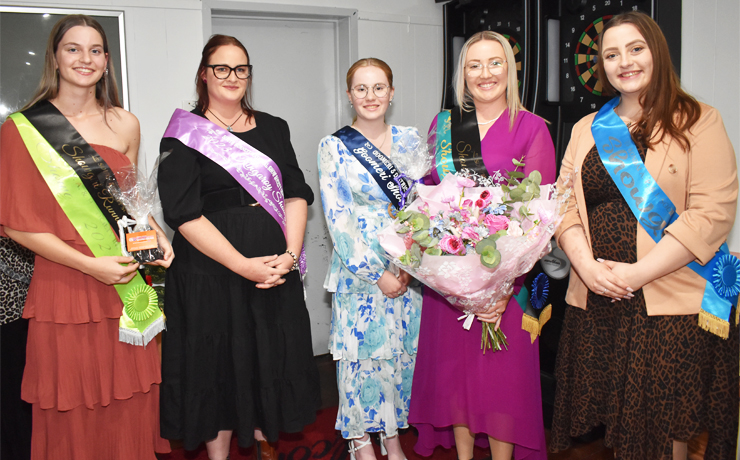
February 21, 2019
Petitions to the Federal Parliament with more than 20,000 signatures would be debated in the House of Representatives if recommendations made by the House Petitions Committee this week are adopted.
Committee Chair Lucy Wicks MP said the recommendation was based on a similar system in the United Kingdom’s House of Commons, which has received overwhelmingly positive feedback from the public.
“In the UK, the Petitions Committee can schedule a debate on a petition in Westminster Hall if it reaches over 100,000 signatures,” Mrs Wicks said.
“Our Committee proposes using similar criteria to the UK in selecting petitions for debate, once they have gathered over 20,000 signatures.”
The report makes a number of other recommendations around simplifying the process of petitioning Federal Parliament, and educating the public about how to lodge or sign a petition.
“We hope these changes will encourage more Australians to engage with petitioning the House, which is the most direct way of having a matter heard by the Parliament,” Mrs Wicks said.
The full report is available on the inquiry webpage
- External link: How Do I Submit A Petition?
* * *
At State Government level, petitions are sponsored by a sitting Member or the Clerk of the Parliament and must meet the requirements set out in Standing Orders.
They can either be Paper Petitions or E-Petitions.
Ministers must forward a response to the Clerk within 30 days after the petition is presented to Parliament.
If a Minister cannot comply within 30 days, the Minister must forward to the Clerk an interim response and the Minister’s reasons for not complying within 30 days.
A final response must be forwarded within three months.
- External link: Forms and Guidelines
* * *
The rules surrounding petitions to the South Burnett Regional Council are outlined in the “Conduct Of Council And Committee Meetings” policy.
It requires petitions to be legibly written or typewritten and carry a minimum of 10 signatures.
They must include the name and contact details of the Principal Petitioner, include the postcode of all petitioners; and have the details of the specific request/matter appear on each page of the petition.
A petition may be presented to a meeting of the Council by a Councillor or be forwarded or handed to the CEO who will present it at the next ordinary meeting of the Council as an item of correspondence.
However, which ever way a petition is brought before the Council, no debate on it – or in relation to it – is allowed.
The only motions which can be moved are that the petition be received and referred to a committee or officer for consideration and a report to Council; or not received because it is deemed invalid.
Council will then respond to the Principal Petitioner in due course.
There has been a spate of petitions to the South Burnett Regional Council recently.
At February’s meeting, Council received its fifth petition in the past few months.
This latest petition called on the Council not to proceed with a feasibility study on the proposed development of a rail trail linking Murgon and Proston.
It was accepted without comment as per the Council policy.
- External Link: Conduct Of Council And Committee Meetings (233kb PDF)























